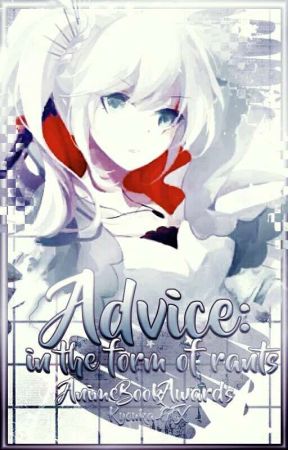What is a demographic?
Well, despite the fact that your surrounded by examples of it, many people don't actually know.
And I honestly don't understand how they don't! How do you write a story without it?
A demographic is a specific targeted audience. This is what your product, story, program and many other things decide way before it's design. This is what makes the difference between a stereotypical boy's toy, and a stereotypical girl's toy.
This is because both products have a specific target audience. Who they're trying to sell or aim their product to. But, it doesn't mean that a different audience cannot like said product.
A great example of a mixed demographic - not the creator's intention, most likely - is My Little Pony. This is because the demographic for the show, toys and clothes designs were (for the most part) aimed for girls. But, the show, My Little Pony: Friendship Is Magic, took huge popularity with a much older audience than intended, of a different gender as well.
The people who watch the show are the original intended audience, younger girls, and the older unexpected audience, bronies (and their female counterparts). This is a great example of demographics becoming mixed without intention, kinda. But, the best thing is, the show didn't have to adapt to suit either audience: it already worked.
This same thing leads into anime, manga, light novels and more. They have specific names for each though: Shounen (the most popular, for boys), shoujo (for girls), seinen (for older guys- men) and josei (for older women).
These demographics are clear set out. Things that set these apart are themes explored between each one. In fact, here's an example for each demographic:
Shounen - a lot of fight scenes, friendship, saving the day, power and responsibility. Brief or small romance.
Shounen series examples: Naruto, Bleach, One Piece, Fairy Tail
Shoujo - friendship, love and romance, magical girls and saving the day.
Shoujo series example: Shugo Chara, My Little Monster, Akagami no Shirayuki-hime, Akatsuki no Yona
Seinen and Josei - darker themes: drugs, abuse, betrayal, politics, suicide philosophical undertones, sex(ual themes/scenes) and more. Still includes shounen and shoujo genres, but it also has a lot of 'daily life' type anime.
Seinen examples: Berserk, Afro Samurai, Ajin, Arakawa Under the Bridge
Josei examples: Honey and Clover, Jellyfish Princess (Kuragehime), Nana, Servamp
But, there are some blurred lines between certain things. There are shounen and shoujo titles out there which people would think could fit in seinen or josei. But, there's usually something holding it back.
The reason I asked people for their demographics in the #ABA2017 competition was simple: I wanted to know if you knew the audience you were writing for. Knowing your audience is crucial. It lays out your boundaries and gives you examples to look to. That is why I asked.
Keep in mind that your readers or watchers don't always match your intended demographic. It happens, and it's nothing to be ashamed of.
I hope this helped! Any questions? Ask here!

YOU ARE READING
Advice - In The Form Of Rants
Non-FictionKiyomi watches a lot of anime and reads a lot of light novels. Even more than Akemi(light novels, that is). And because she does, she encounters so many clichés that irritate her it's almost amazing. But the more vocal of the two (especially in writ...
